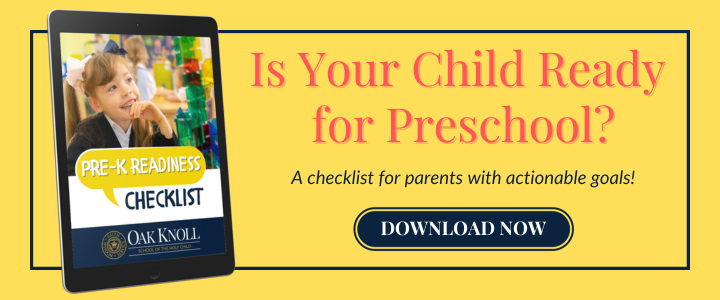By the time October rolls around with several weeks of school now behind families, children have (hopefully) settled into their school year. Homerooms, schedules, routines, and friendship groups by now have been established.
With many children now back to school in-person after months of learning virtually at home, they’re now back in classrooms near others who might be different from them – different races, sexualities, religions, weight, heights – and these differences may lead to bullying.
October is National Bullying Prevention Month and was first initiated in 2006 by PACER, the Minnesota parent training and information center, funded by the U.S. Department of Education’s Office of Special Education Program.
Although it started as National Bullying Prevention and Awareness Week during the first week of October, the campaign expanded to cover the full month now unifying communities nationwide to educate and raise awareness of bullying prevention.
While your child’s school most likely will discuss anti-bullying with students, parents, too, play an important and vital role towards eradicating bullying.

Bullying is defined under New Jersey law as, “bullying is any gesture, any written, verbal or physical act, or any electronic communication that is reasonably perceived as being motivated by either an actual or perceived characteristic,” (such as race, color, religion, ancestry, gender, sexual orientation among others).
To be bullying, conduct must:
- Be something that a reasonable person under the circumstances should know would have the effect of physically or emotionally harming a student or a student’s property, or putting a student in reasonable fear of harm to himself or herself or his or her property
- Insult or put down a student or group of students
- Create a hostile educational environment for the student by interfering with their education or pervasively causing physical or emotional harm to the student.
As parents, there are several discussion topics that we can initiate with our children about bullying.
Bullying vs. Cyberbullying
According to the National Center for Education Statistics, between 1 in 4 and 1 in 3 U.S. students say they have been bullied at school.
Bullying doesn’t just occur in person. While verbal and physical bullying is more common in school, on the playground or anytime outside of school while in person, it also now happens online. According to the Centers for Disease Control, while 1 in 5 high school students reported being bullied on school property, more than 1 in 6 high school students reported being bullied electronically within the last year. Cyberbullying takes on several common forms via text messaging, via apps like Snapchat, Instagram, Facebook, TikTok or even via video game chats. Although schools often educate children about bullying and cyberbullying via assemblies and presentations, it’s important for parents and caregivers to bring up the topic at home. It’s also important to monitor your child’s social media usage on a regular basis.
Be An Upstander
While many children are the target of bullying, many will also be witness to a bullying incident. Schools and parents can talk to their children about how to be an upstander – someone who recognizes when something is wrong and takes action in the moment. Raising children who are upstanders doesn’t happen by chance. Look at your family values. Do you often talk about feelings and ask your children how they would feel if they were left out of something? Teach your children to walk in someone else’s shoes and from an early age, discuss the importance of being kind to others. Basic human compassion and empathy are effective tools when it comes to fighting bullying.
Conflict Resolution
Another way to curb bullying in its tracks is to have open dialogue about how to diffuse a conflict. Conflicts will arise when children – or adults – disagree about something or if they have a strong opinion about something. It’s important for teachers and parents to be proactive, find conflict resolution and teach them to be a good listener to and respective of others – even if they disagree. Parents and caregivers can help children learn strategies for remaining calm when they feel strong emotions about something. Teaching children that different opinions and thoughts is okay and that you can “agree to disagree” respectfully may stop any teasing and bullying associated with differences of opinion.
Anger Management
Just like parents should discuss ways to resolve conflicts, parents should also discuss what to do should conflicts not be resolved. One of the first lines of defense in bully prevention is helping children to understand and control anger. A key strategy in re-routing anger is by practicing “I-Messages” instead of using a “You-Message” directed at the source of their anger. The pattern of practicing the “I-Message” is as follows: “I feel ___when you___because___”. First, the child or bully is asked to show their emotion (feel). Next, comes the why or the action. Lastly, comes the reasoning behind an action ultimately unveiling the details about the root of the problem.
Although the topic of bullying is highlighted in October during National Bullying Prevention month, bullying occurs anytime and anyplace.
Raising children who are kind and show empathy toward others is an important foundation to ward off bullying. As parents, it’s also part of our jobs to model good behavior so that our children watch our actions and learn from them. In our adult lives we might have a difference of opinion with a family member or a friend. The best way to deal with this around your children is to be honest, discuss the conflict or differences and find a way to resolve the issue, even if you disagree. Our children watch us and model our behavior, especially when we don’t notice. Parents can follow some of these bullying strategies above to better help their children.





